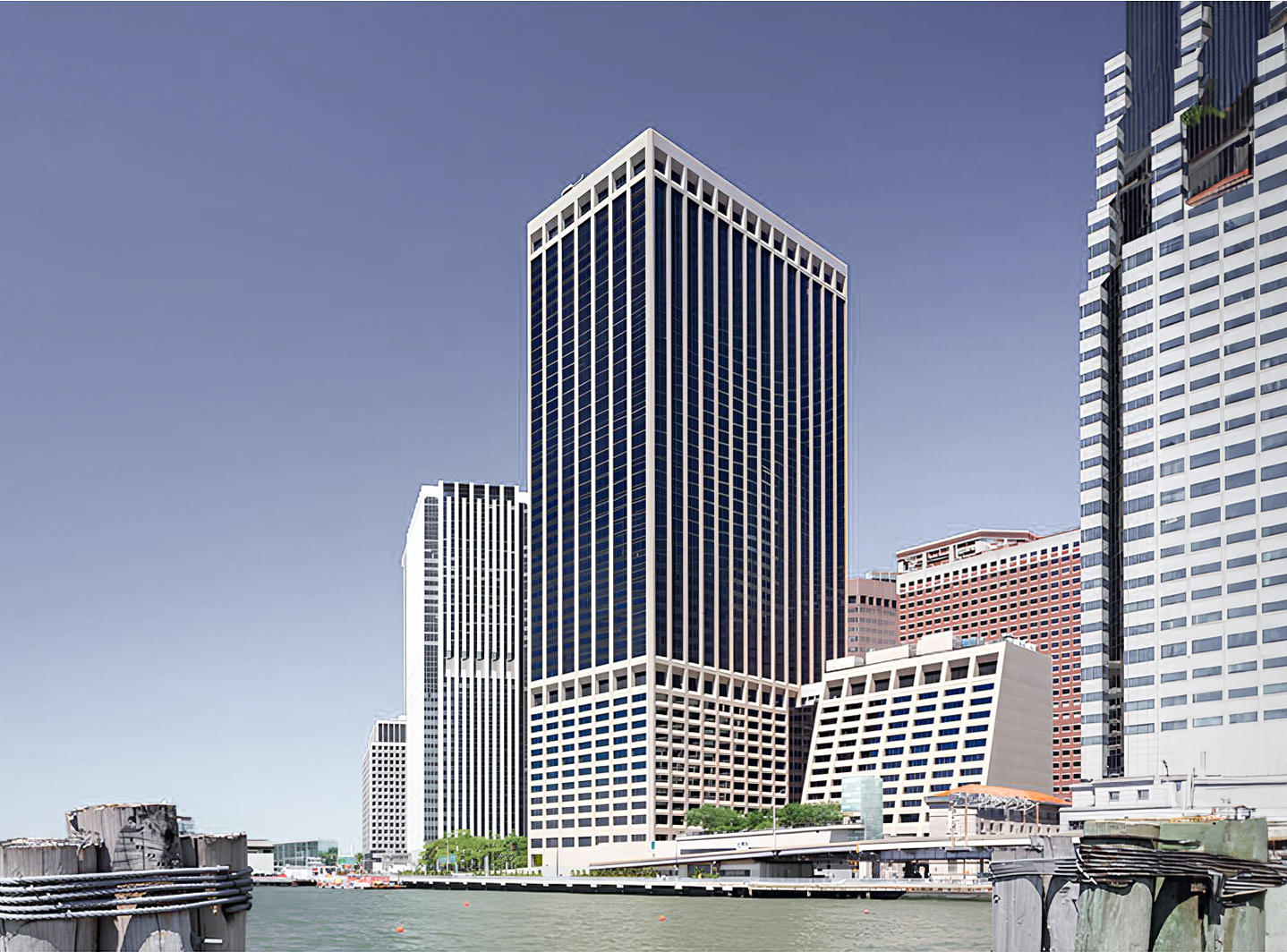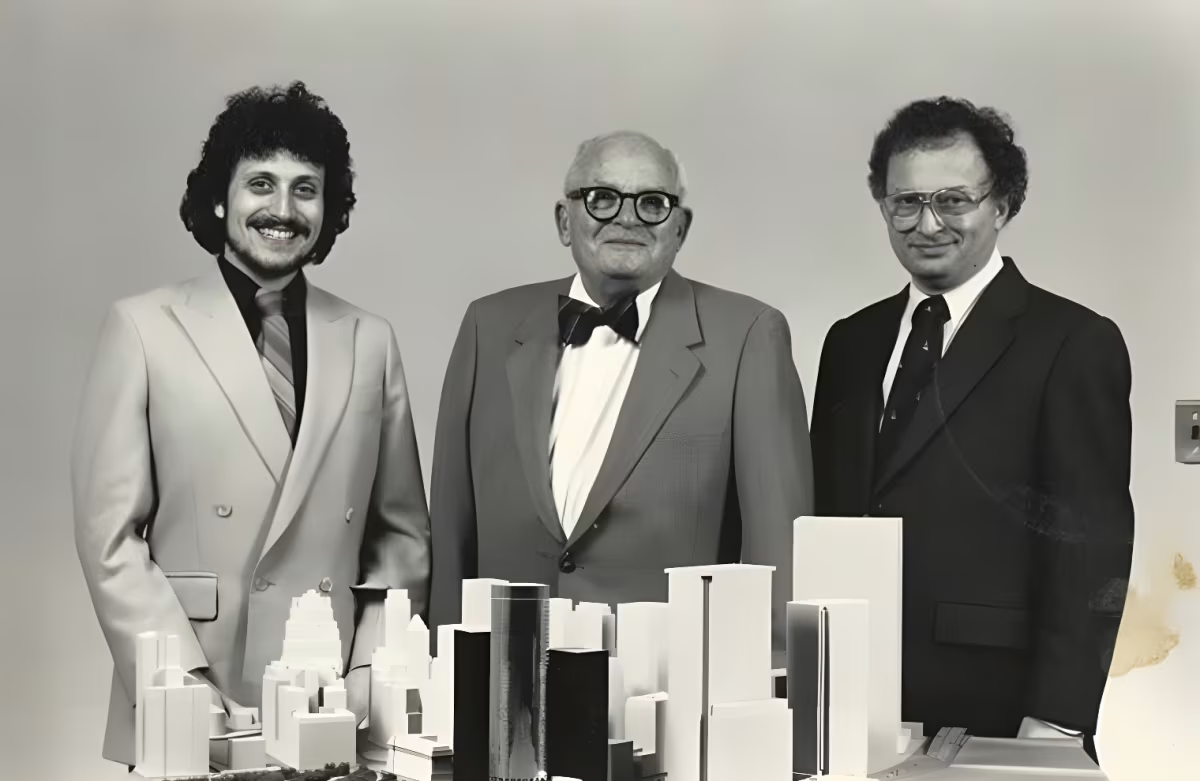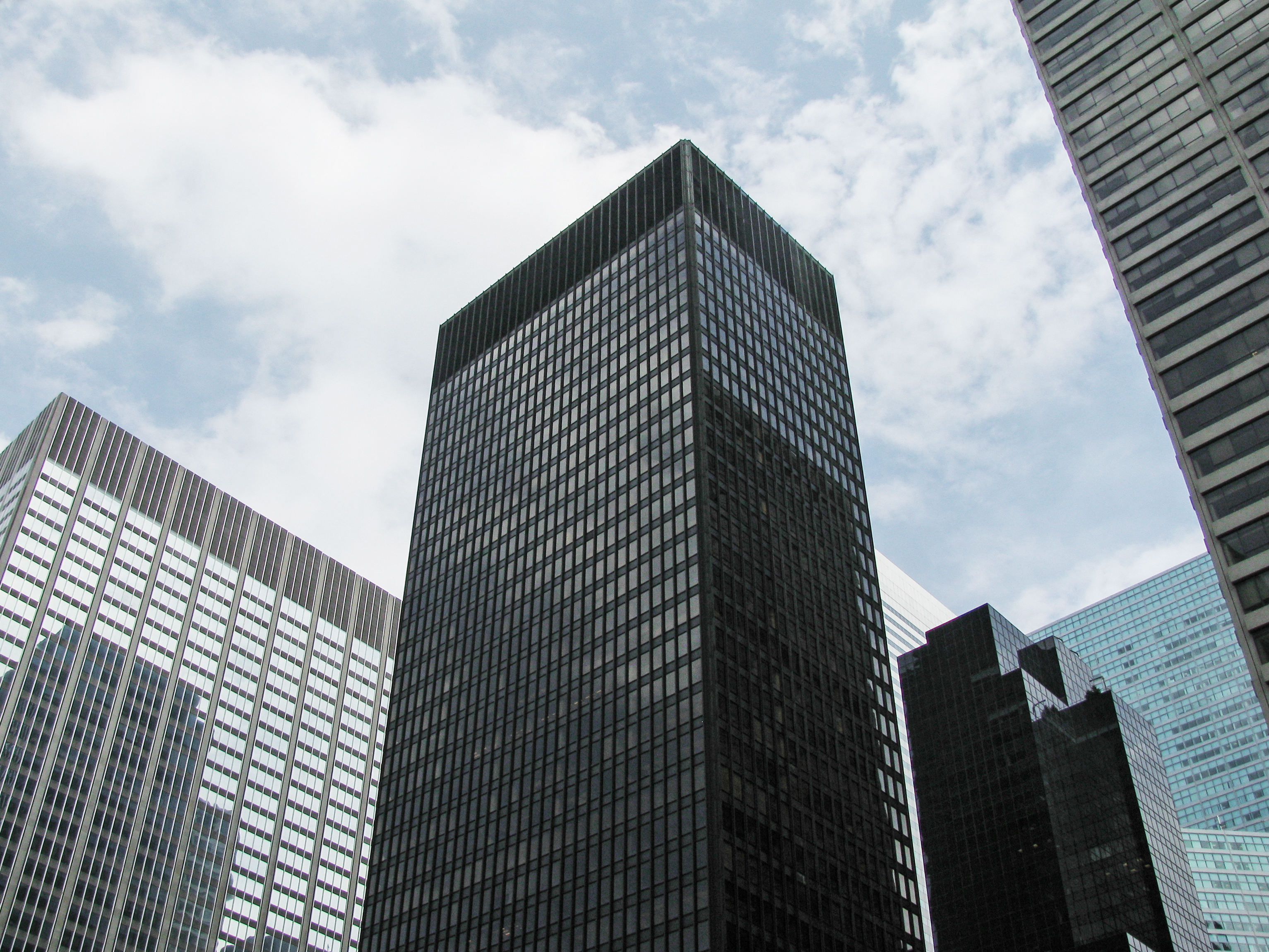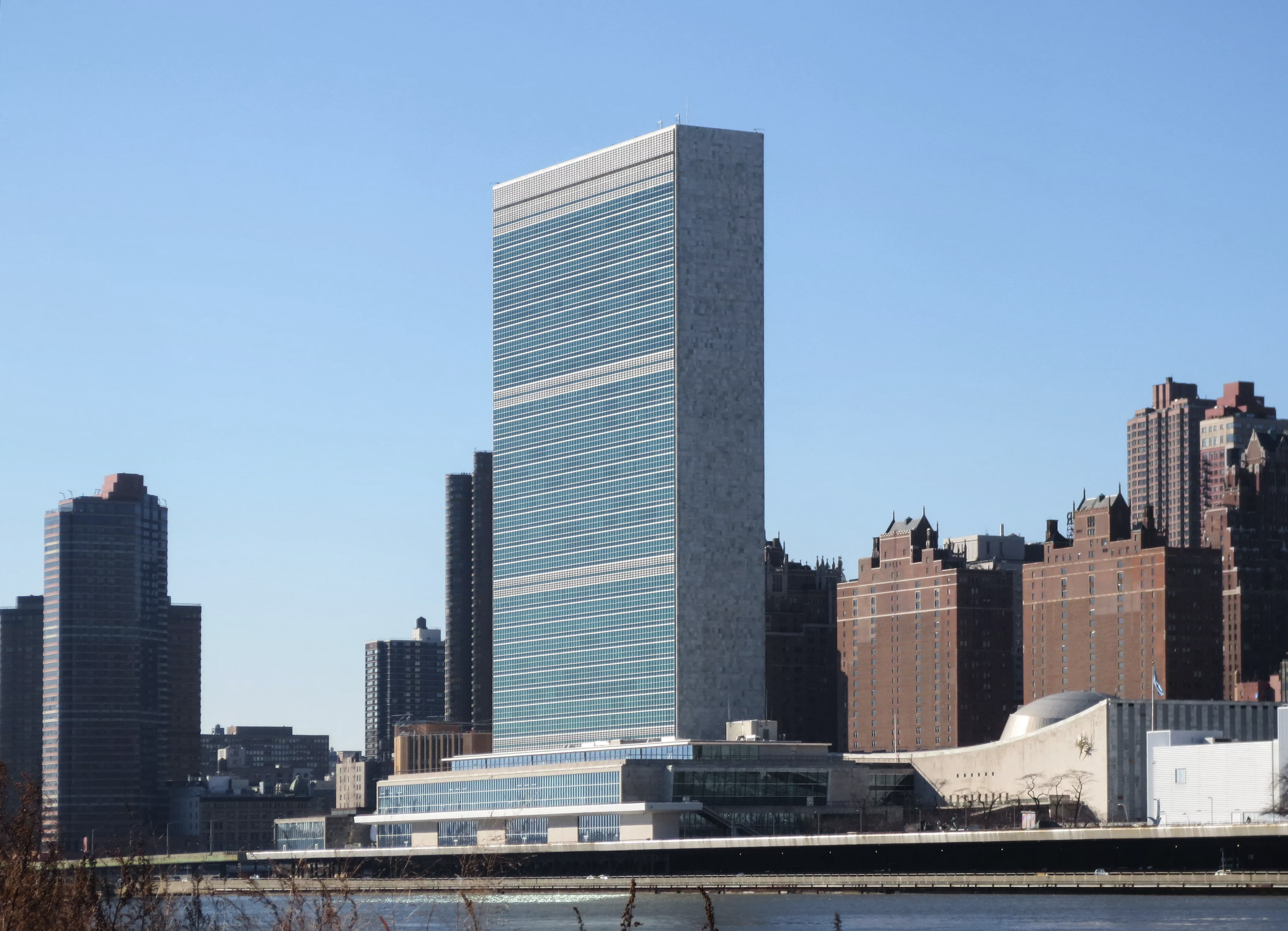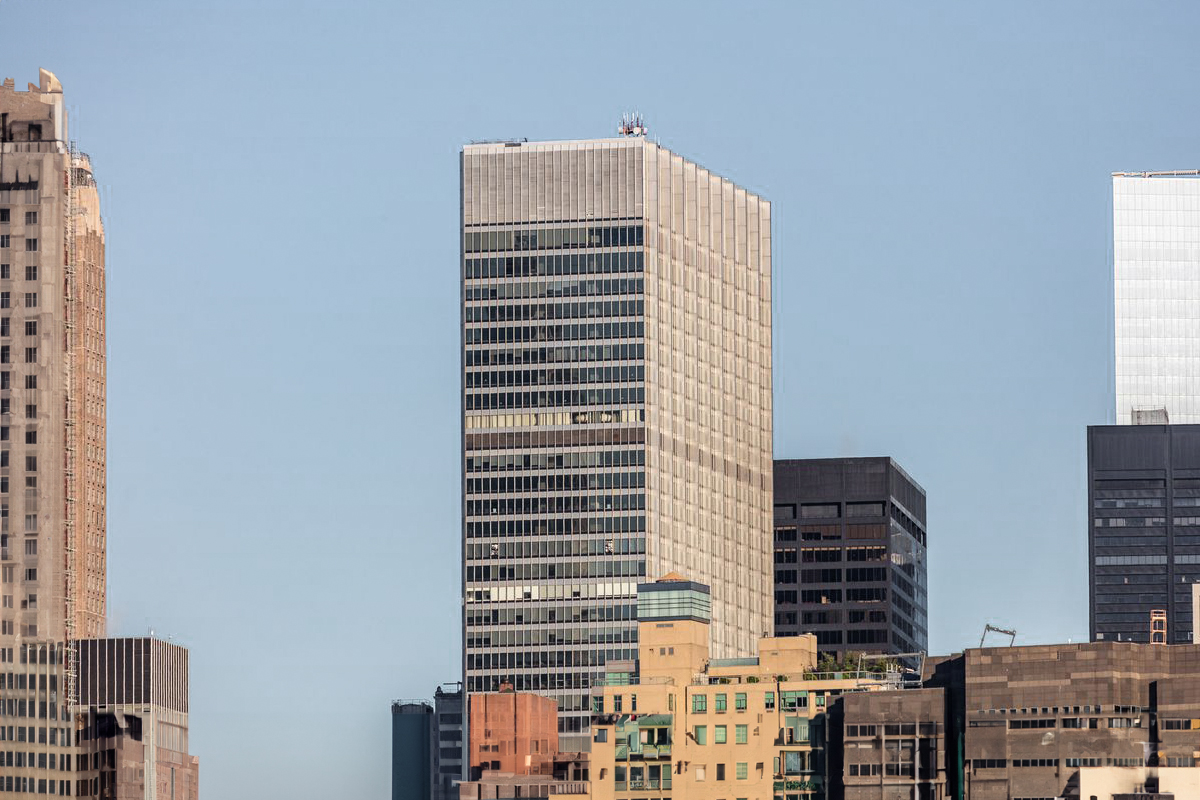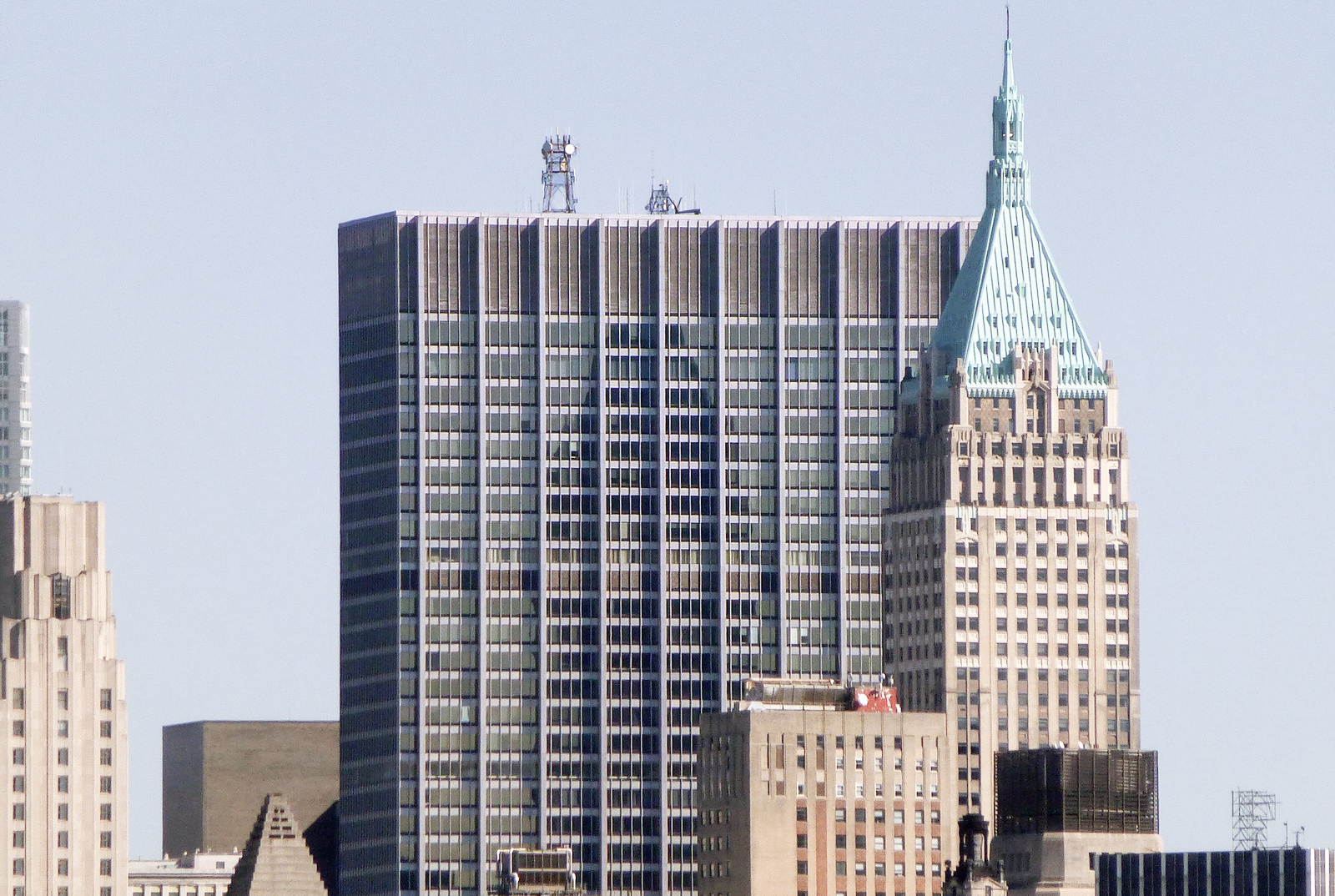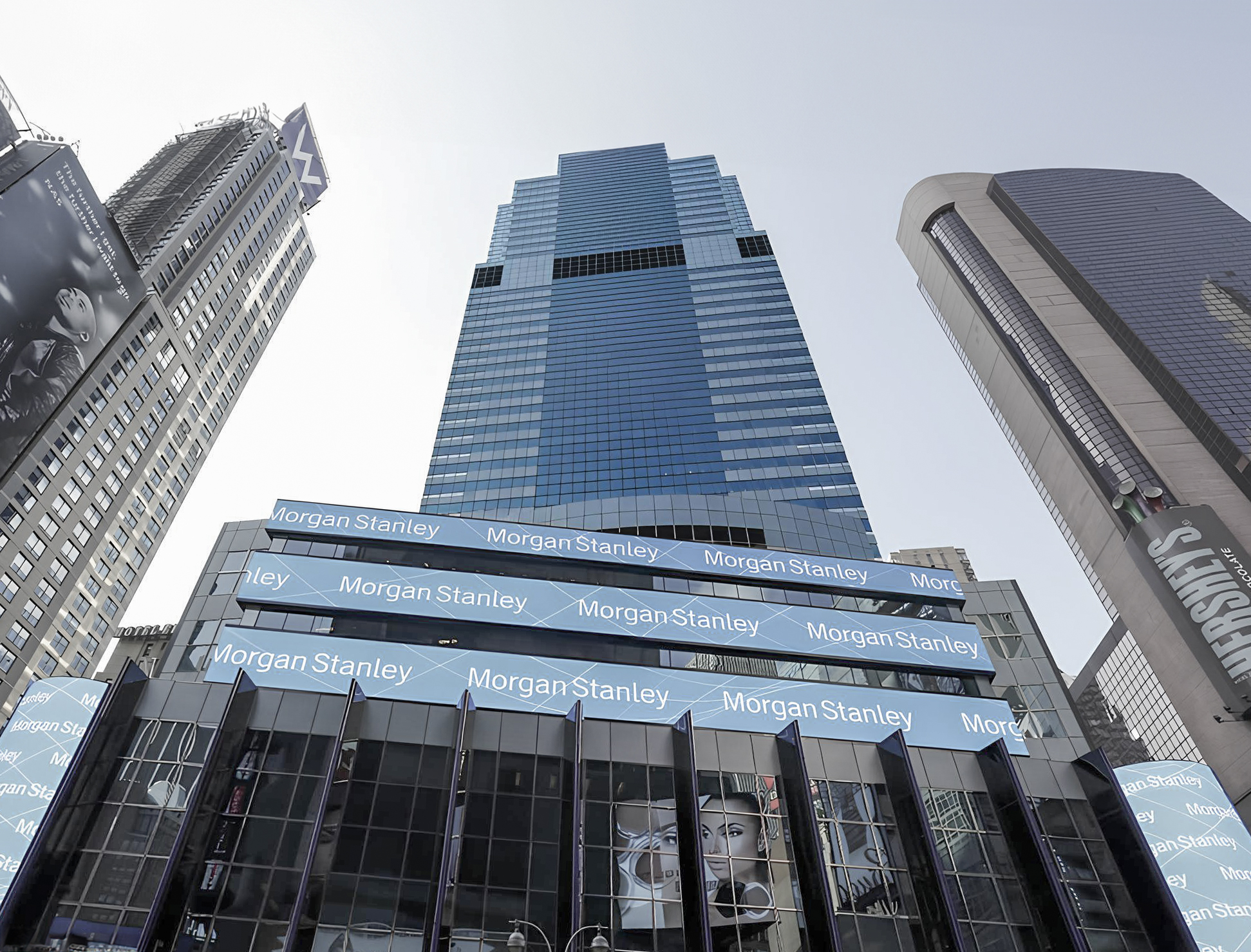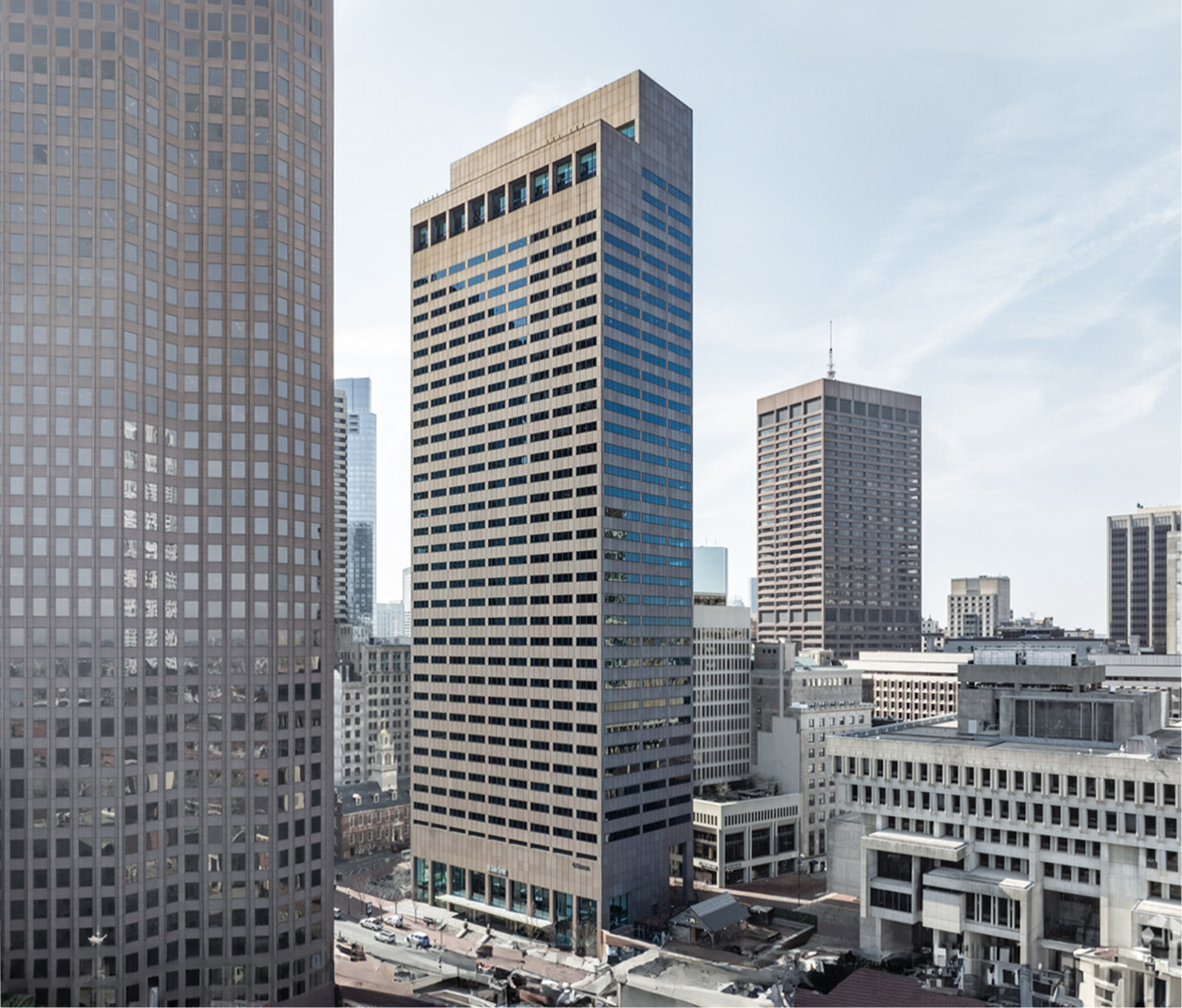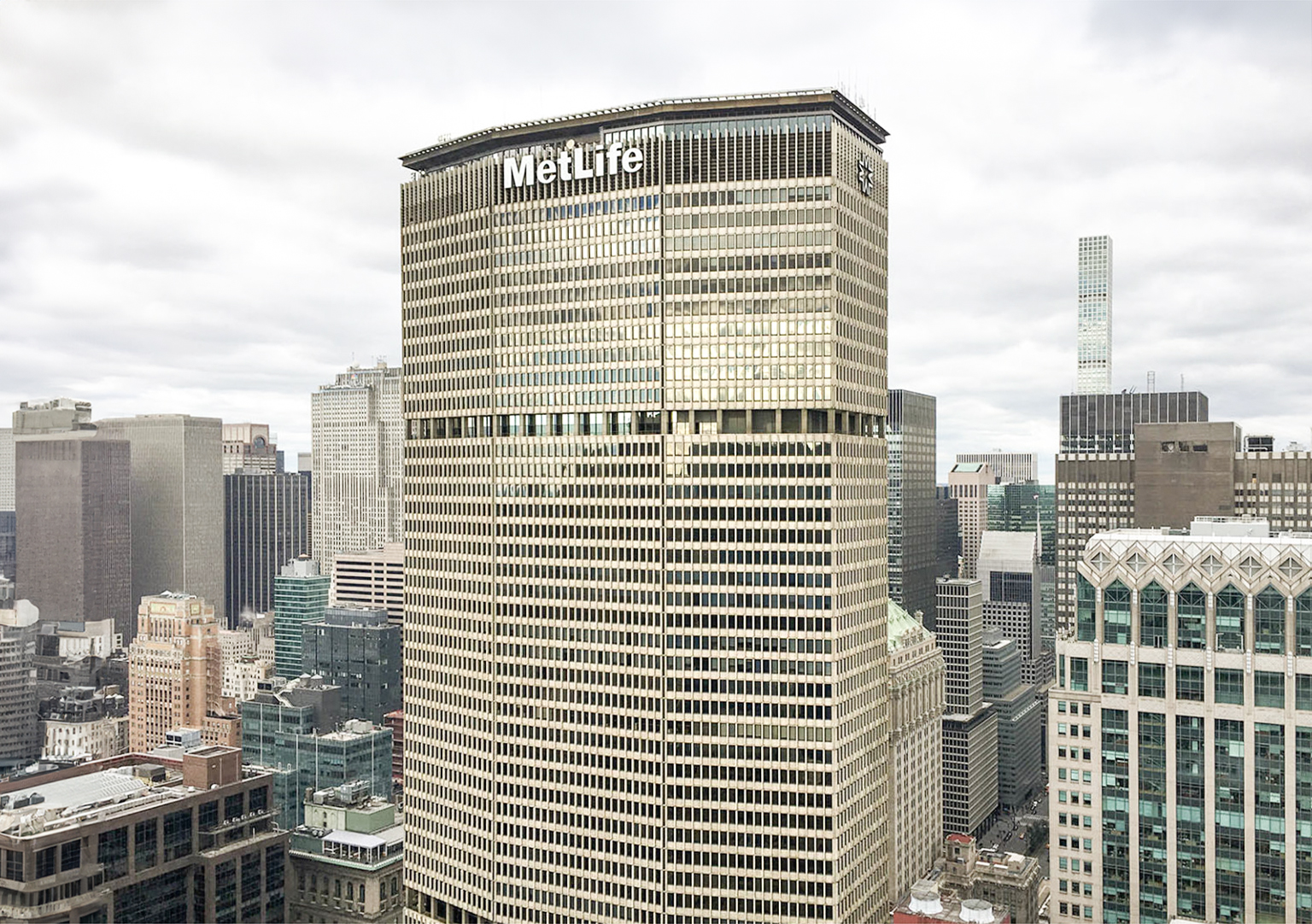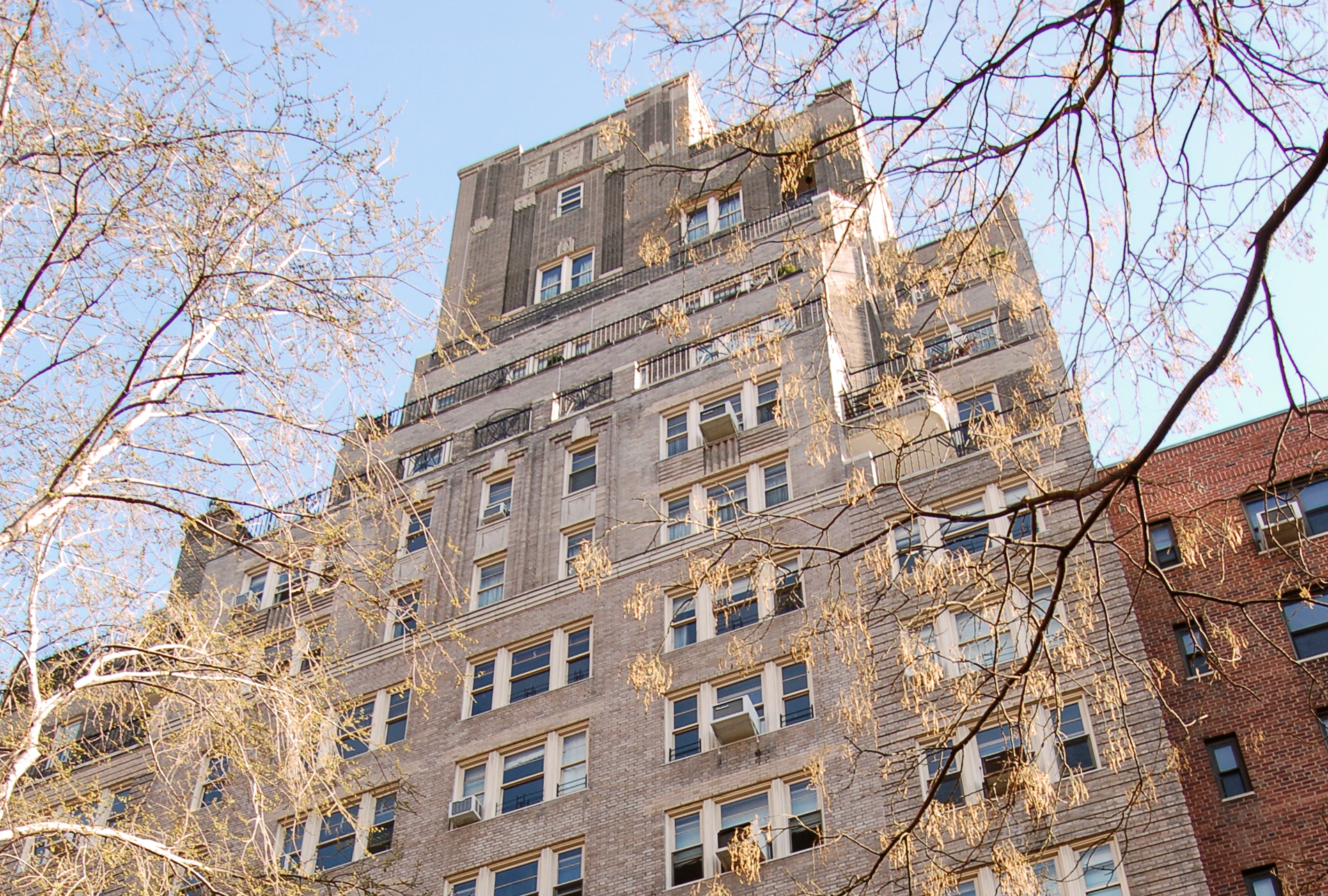The 55 Water Street Building is an International Style skyscraper designed by Emery Roth & Sons, and built between 1969 and 1972 in New York, NY.
Its precise street address is 55 Water Street, New York, NY. You can also find it on the map here.
In 2008 the 55 Water Street Building was awarded with the NYC AIA Desing Award.
55 Water Street consists of two towers: the taller, rectangular-shaped one to the south, and the shorter one to the north, with sloped walls and 15 floors. On the eastern side, the buildings share an elevated plaza known as the Elevated Acre, while on the southwest side is the public space currently known as Vietnam Veterans Plaza, formerly Jeannette Park.
The main tower and its shorter wing are connected across the first 15 floors.
The building has been restored 2 times over the years to ensure its conservation and adaptation to the pass of time. The main restoration works happened in 2017 and 1999.
